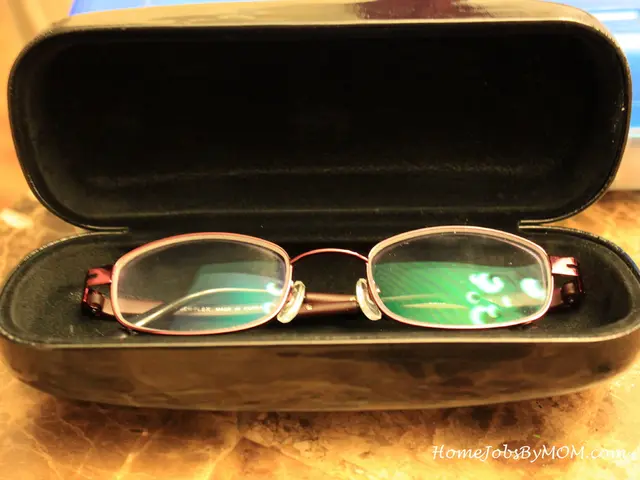Boosting Internet Speeds with Innovative 'Super Laser' Amplifier Technology
Groundbreaking Laser Amplifier Accelerates Data Transmission
A team of scientists has developed a cutting-edge laser amplifier capable of propelling data at unprecedented speeds. The innovation boosts light beams, enhancing their efficiency and accelerating data transfer by tenfold. The new amplifier's secret ingredient lies within its expanded bandwidth, which delineates the range of light wavelengths a laser can use for transmitting data.
In our rapidly digitizing world, the volume of shared information continues to soar. With the proliferation of streaming services, smart devices, and artificial intelligence, Nokia Bell Labs foresees a doubling of data traffic by 2030. This exponential growth necessitates faster and more efficient data transmission methods. Currently, optical telecommunication systems rely on fiber-optic cables to send laser pulses and transmit data. The system's capacity is contingent on the amplifier's bandwidth--as the bandwidth widens, the more data it can transport.
Modern communication lasers are reliant on an amplifier for optimal performance, and this latest marvel employs stimulated emission to achieve its phenomenal results. The scientists developed the new laser technology to process data superfluously. The achievement has been disseminated in the prestigious journal Nature. According to lead author Peter Andrekson, their amplifier boasts a bandwidth of 300 nanometers, surpassing existing systems by tenfold. This advancement equates to more data streaming through the airwaves.
The new amplifier is constructed from silicon nitride, a robust ceramic material that withstands heat. It utilizes spiral-shaped waveguides to direct laser pulses and maintain the signal's integrity. Moreover, the technology has been miniaturized, enabling multiple amplifiers to fit onto a minuscule chip. This compact design is highly advantageous for miniature devices. Researchers chose spiral waveguides because they create extended optical pathways in a confined space, thereby diminishing noise and interference in the signal.
In the near future, the scientists plan to test this amplifier's performance with visible light and a broader range of infrared light. The potential benefits are vast, encompassing medical imaging, holography, spectroscopy, and microscopy. Additionally, the miniaturization of the amplifier may render laser systems smaller, lighter, and more affordable. The multifaceted nature of this technology is exhilarating, signifying a significant stride forward for optical communications and related fields. The future holds immense possibilities for this revolutionary invention.
- The groundbreaking laser amplifier, with its expanded bandwidth capable of using a wide range of light wavelengths, promises to revolutionize fields beyond just data transmission, such as medical imaging, holography, spectroscopy, and microscopy.
- The proliferation of streaming services, smart devices, and artificial intelligence, coupled with the predicted doubling of data traffic by 2030, necessitates technologies like this new laser amplifier that can process data superfluously and transmit data at unprecedented speeds.
- This latest laser technology, employing stimulated emission for its remarkable results, is not only compact and highly advantageous for miniature devices but also holds the potential to make laser systems smaller, lighter, and more affordable, paving the way for a future where gadgets relying on technology and science can travel with improved data transmission capabilities.




